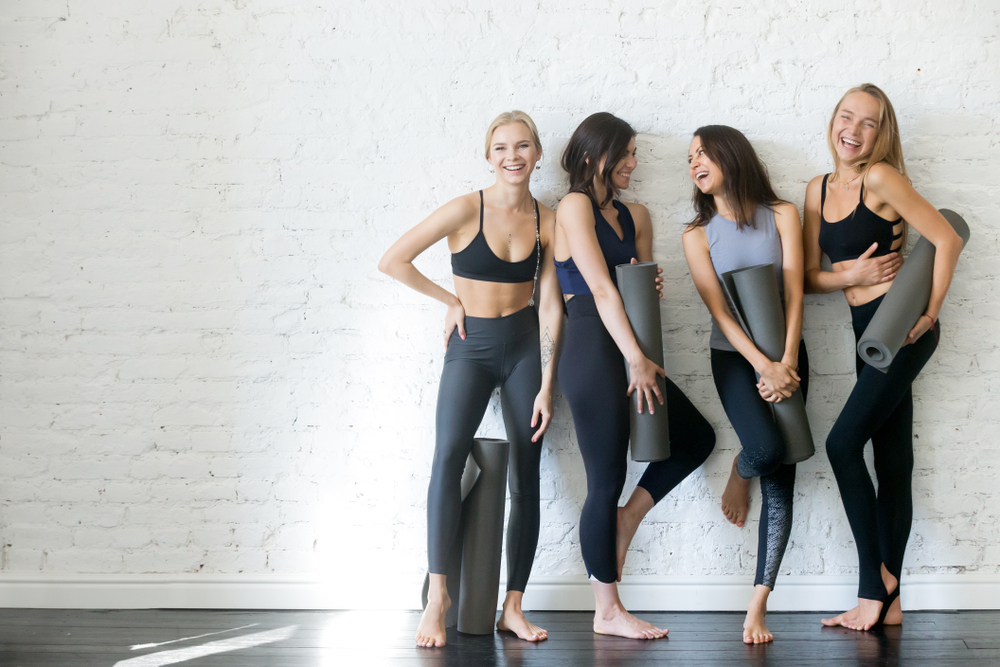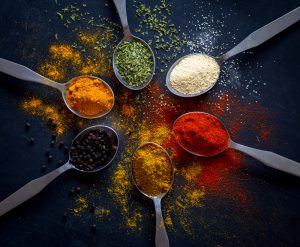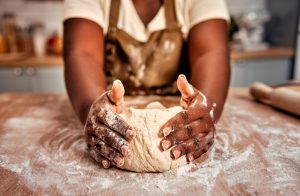Low impact workouts like pilates are increasing in popularity, and it’s easy to see why. Super quick you can see results in short 5-20 minute sessions, it’s suitable for all abilities and ages, requires little to no equipment, can be done in the comfort of your own home AND has many many benefits for improving our mental and physical wellbeing.
Below Abby McLachlan, Founder of pilates studio, East of Eden answers some of the most frequently asked question about pilates, including what are the benefits? Can pilates help with weight loss? What’s the difference between Pilates & Reformer pilates? As well as some beginner exercises which show just how easy it is to lengthen, strengthen, build flexibility AND tone your body from home.

What are the benefits of Pilates?
The practice of Pilates is low intensity, low impact and inclusive. It’s focused on spinal alignment and the tiny muscles that support your musculoskeletal system. A lifetime of poor posture – hunching over your computer or phone, carrying children and heavy bags on one side – can lead the muscles in your back to become weak and strained, leading to joint and disc issues. Pilates concentrates on strengthening the deep postural muscles, raising awareness of how one stands and the general alignment of hips, spine and head. This awareness alone can go a long way to improving posture, but the strength built with highly targeted, specific exercises will support the spinal column, in effect future-proofing your body. The practise also focuses on supporting the muscles around your spine – your core, the glutes, as well as ensuring the other joints are supporting by strong local muscles, reducing the chance of injury and relieving pain, especially back pain. As well as developing core strength and improving posture, mobility, strength and flexibility, Pilates also helps with recovery from injury and indeed injury prevention. A regular Pilates practise can reduce the risk of injury in other sports or activities by strengthening the local muscles around the joints, meaning you are less likely to injure yourself.
It’s a form of exercise that can be done into old age without any negative impact on the body and joints, and helps maintain cognitive ability, balance, bone density as well as spinal health. Plus it can improve your sex life at any age through the focus on the pelvic floor (plus increased fitness and endurance!). What’s not to love about that?!
The combination of mindful breathing, plus feeling stronger and fitter with better energy levels, is proven to have a positive impact on mental health and self esteem.
How can Pilates help with weight loss?
Pilates alone won’t help with weight loss per se. However, improving posture, mobility and strength will very likely improve your self esteem so you are more likely to make healthier food choices. Gaining more muscle tone means your metabolism will have to work harder, so you will burn more calories at rest. If weight loss is your goal though, it’s a combination of exercise, both strength training and cardiovascular, and diet. It’s always best to seek expert advice if you can before embarking on a weight loss programme.
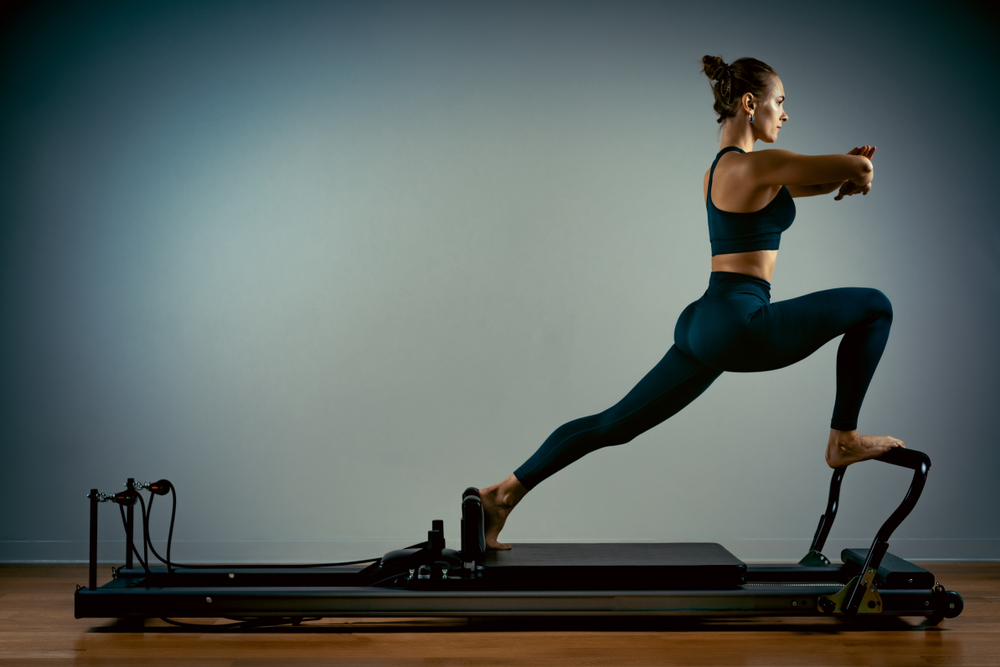
How many sessions would someone need to see weight loss results?
Joseph Pilates’ famously said: “In 10 sessions you’ll feel the difference, in 20 sessions you’ll see the difference, and in 30 sessions you’ll have a whole new body”
Now I’d never claim pilates alone can result in weight loss as it’s simply not true. But as above – if you start to move your body, get stronger and more flexible and mobile, stand straighter, have less pain when you move, get up more easily, have better balance, even better sex – well it’s going to encourage you to make better choices in other areas of your life including food.
How many calories can a 30-minute pilates session burn?
120 to 225 depending on how dynamic the class is.
What’s the difference between Pilates and reformer Pilates?
The reformer is a piece of Pilates apparatus, actually designed to help you advance to the mat on the floor, which was considered to be the most advanced option. Pilates exercises are done on the reformer machine using a mix of springs, ropes and pulleys to support you in the exercises. It’s actually better for beginners than the mat, where it’s just you vs gravity. You can also get very creative on the machine, and 15 years in, I’m still finding new ways to challenge my body with it.
What can someone expect from a reformer Pilates session?
We have gentle sessions for people who are older or recovering from injury, and these will be slow and mindful, starting with footwork to gentle engage the abdominals and warm up the body, before maybe moving into ab work with hands in straps, or even feet in straps using a supportive spring tension.
A dynamic, advanced class on the other hand might do some of the most challenging pilates exercises, using light or even no springs to really engage your muscles in the strongest way.
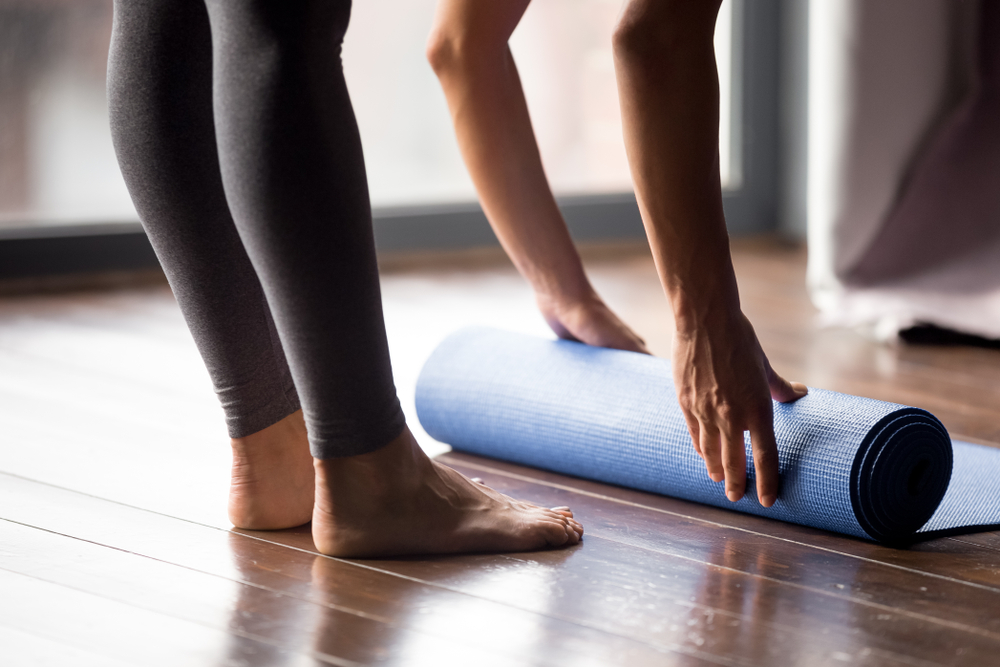
What areas of the body does Pilates work on the most? All Pilates starts with the core and spine – strengthen the deep core muscles and pelvic floor to create stability, and then also develop strength and flexibility in the spine. However you’ll work the whole body during a class.
Do you have to have a certain level of fitness to take part in Pilates?
As above, you can be elderly or recovering from exercise, just choose the right class for you. If you have had a back or any other postural injury, please do get signoff from your medical professional before starting any exercise programme.
What is hot pilates? Is it better for weight loss?
Hot Pilates is a HIIT workout using Pilates principles in a 37 degree heated room, with 50%+ humidity. It’s not for the faint hearted, you’ll get your heart rate up, and sweat hard, but it’s a lot of fun, with a banging soundtrack, and yes, you’ll definitely get your metabolism working hard which can encourage weightloss when accompanied by a calorie deficiency.
Do you have any moves for beginners they can try at home?
The first move is a glute bridge. This strengthens your bum and stretches your lower spine all at once. Think of your spine as a pearl necklace, you must pick your spine up, bone by bone, by curling your pelvis and pressing up with your bum until your body is in a straight line at the top. Then melt back down, ribcage first, still squeezing your glutes until you have landed your pelvis. These are great to do just after waking up, when your spine is still relaxed and malleable.
Core work is key. Small crunches lifting from your midline abdominals, reaching your fingers forward to your feet as you lift. Maintain a still spine tapping your toes on the floor with bent knees forces weight bearing and strength building. You can do either of these with your feet on the floor or with your knees up in a position called table top.
Thoracic lifts are good for building upper and middle back strength and go a long way to reversing the damage modern life extols. Lay on the floor face down, with one hand on top of the other and your forehead on your hands. With your feet together, stretch your head away from your feet and come into a low hover as you inhale. Exhale to lower back down. Try to slide your shoulder blades down to your back pockets and open your collarbones as you lift to engage as many muscles as you can and support your lumbar spine.
Clams are a great way to build deep glute strength. Remember that lump of plasticine? Lay on your side with your head supported. Stack your hips one on top of the other and try to lengthen your spine. Bring your feet in line with your bum, keep your feet together and lift your knee up as high as you can without moving your hip backwards.
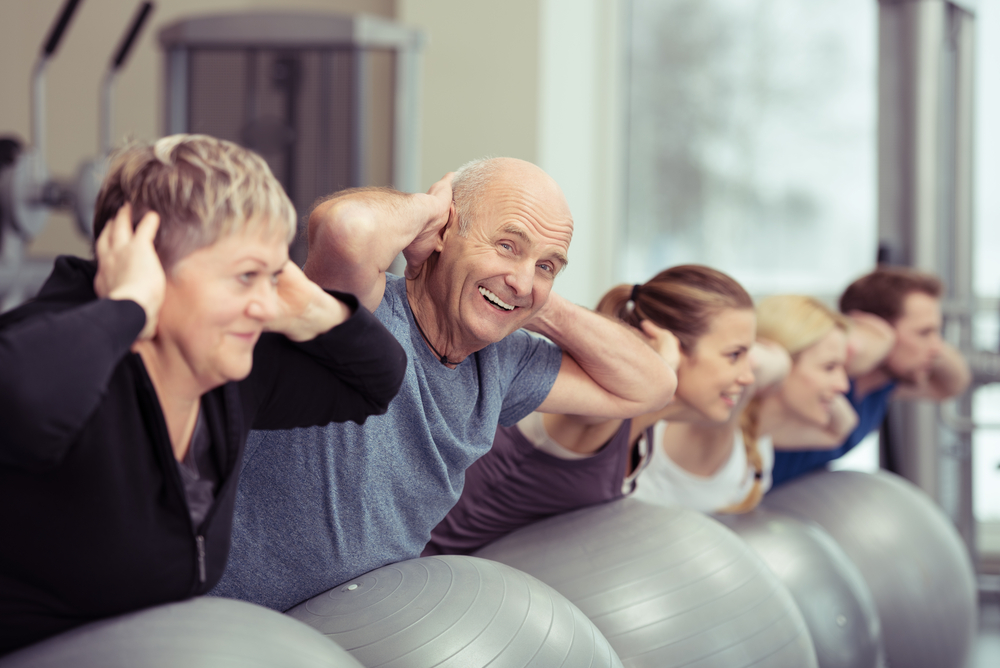
A move that takes a little more practice is the hip twist. Lay flat on the floor with your arms out wide, palms down. Stabilise your core and bring your legs into table top. Keep your back as flat as you can and twist your hips up and over to one side, then up and over to the other side, keeping your knees together.
But the best thing that you can do, all day every day, is pretend that your head and vertebrae are made of helium and try to float apart all the time. Lengthen your spine and head upwards and straighter as much as you can and good posture will help to reduce back pain.
How is Pilates different from yoga?
Both yoga and Pilates are low intensity, low impact and inclusive, unlike many other forms of exercise but whereas yoga uses the body to connect with the mind and the inner self (and is ultimately intended to be a framework for the way you live your whole life), pilates uses mindful breathing to connect to the inner workings of the body – it’s more functional than yoga, which is ultimately very holistic.

